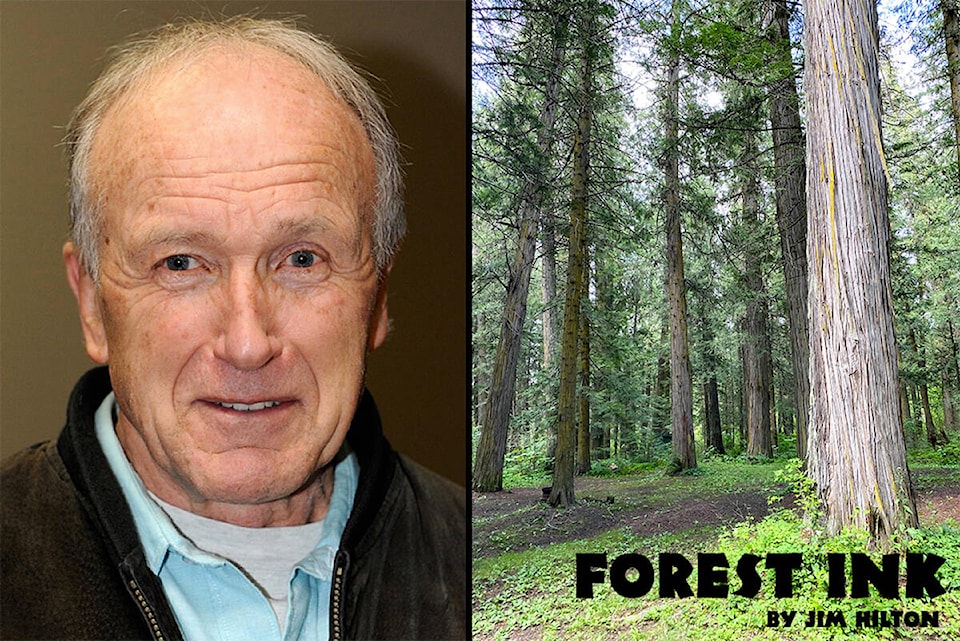In a previous article Jan. 7, 2023 I introduced readers to the latest information about the Williams Lake Fire Protection Plan.
Some of my concerns and questions were how are we doing at meeting the goals set in the plan and what is being done to maintain the fuel reduction treatments after being established?
I thought a logical place to start would be the Cariboo Fire Centre (CFC). Talia McKay communications specialist CFC | BC Wildfire arranged a meeting on Feb. 5 with herself and two other fire specialists, Tom Foley and Peter Holub.
Tom is the wildfire prevention officer with a focus on wildfire risk reduction. He is responsible for recommending and implementing strategies that reduce the potential of crowning fires by providing advice and guidance to enable land managers, stakeholders and staff to achieve prevention objectives in the CFC. Peter Holub is the wildfire prevention officer with a focus on cultural and prescribed fire. Peter works with land managers, First Nations, forest professionals and the forest industry to plan and implement burns that meet land management objectives in the CFC.
The burns can include the maintenance of wildfire risk reduction treatments with the objective to remove surface fuels and manage in-growth. Included in types of burns is ecosystem restoration or grassland restoration burns such as the burn that was conducted in the Westridge area in spring of 2022.
With the evacuation of Williams lake in 2017 and ongoing property losses each year in the province it is imperative that wildfire protection measures are in place. Tom and Peter described the challenges in bringing the many stakeholders together including the adjacent private landowners as well as the general public.
While they try to minimize the impact they can’t cut corners that may allow wildfire to escape and make future plans even more difficult. I hope to work with the CFC and provide additional information as it comes available and in the meantime Talia has provided a couple of links below that will be useful to the public and individuals that may require more detailed information on the topics mentioned above.
The first link is about prescribed-burning and comes with a three-minute YouTube Video which is useful for families or teachers and contains some definitions as well as two annual reports.
https://www2.gov.bc.ca/gov/content/safety/wildfire-status/prevention/prescribed-burning
The second link is about fire-fuel-management which is more detailed than the first link and is intended for anyone considering participating in a plan. There are three sections as follows:
1. Provincial Strategic Threat Analysis (PSTA) is designed to consistently assess and map potential wildfire threats to values across the landscape (including communities, infrastructure, and natural resources) and to integrate different aspects of wildfire hazard and risk. The 2021 Provincial Strategic Threat Analysis offers local governments, private landowners, industry and other stakeholders an opportunity to review the threat ratings in their areas of interest, assess how much fire prevention work has been done in those areas (e.g. FireSmart™ activities or fuel management treatments) and determine what additional steps they could take to safeguard their interests.
2. Wild land urban interface (WUI) is where combustible wild land fuels are found adjacent to homes, farm structures or other outbuildings. In B.C., structure densities are used to define the boundary of the WUI for management planning purposes.
3. Fuel management involves the modification of a forest structure to reduce forest fuel accumulations available in a wildfire. The goal for managing hazardous vegetation fuels on the landscape is to create fire resilient ecosystems.
